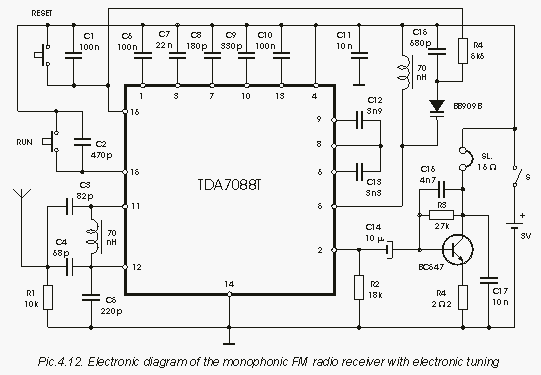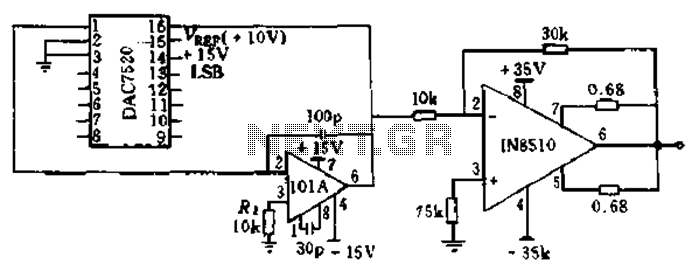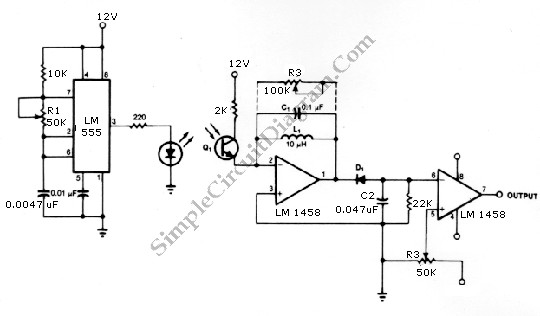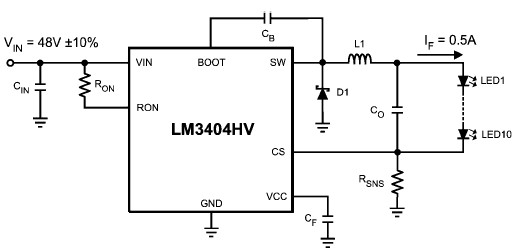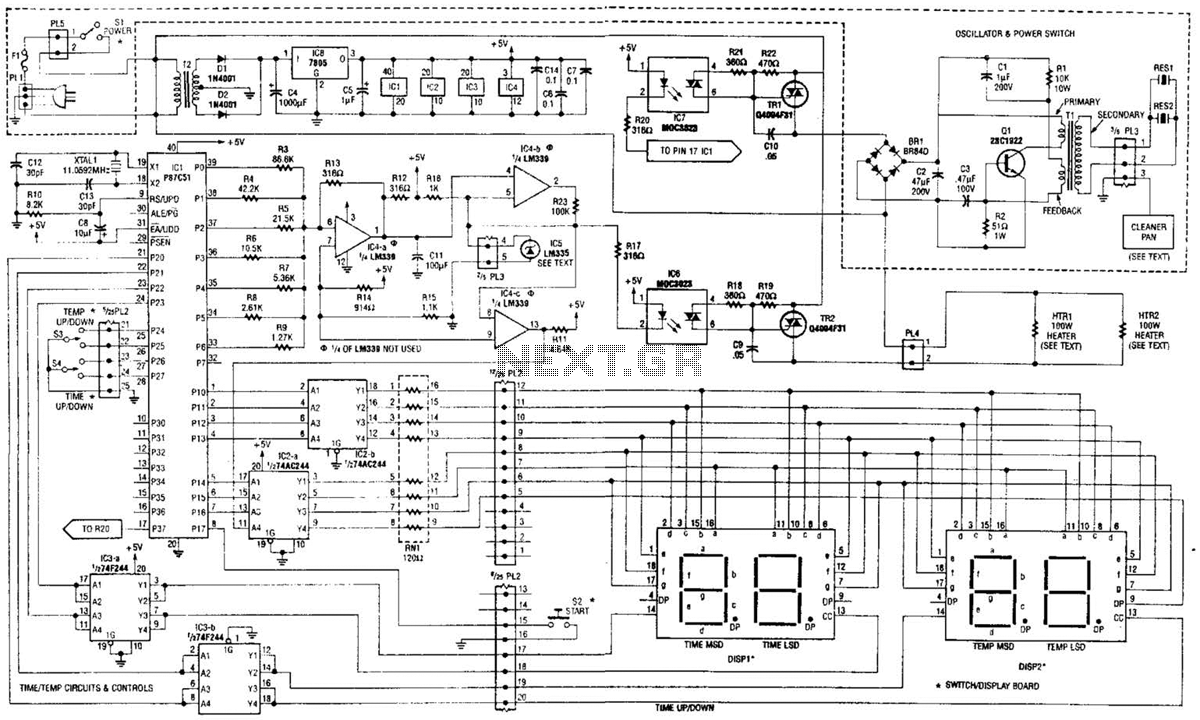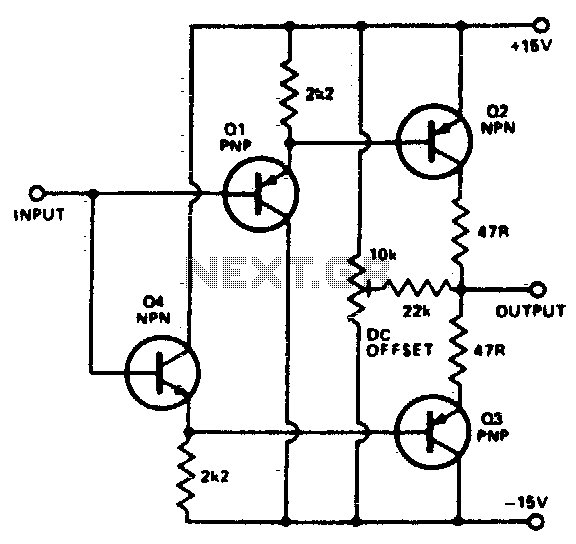
Twisted-Pair Video Cable Driver and Receiver
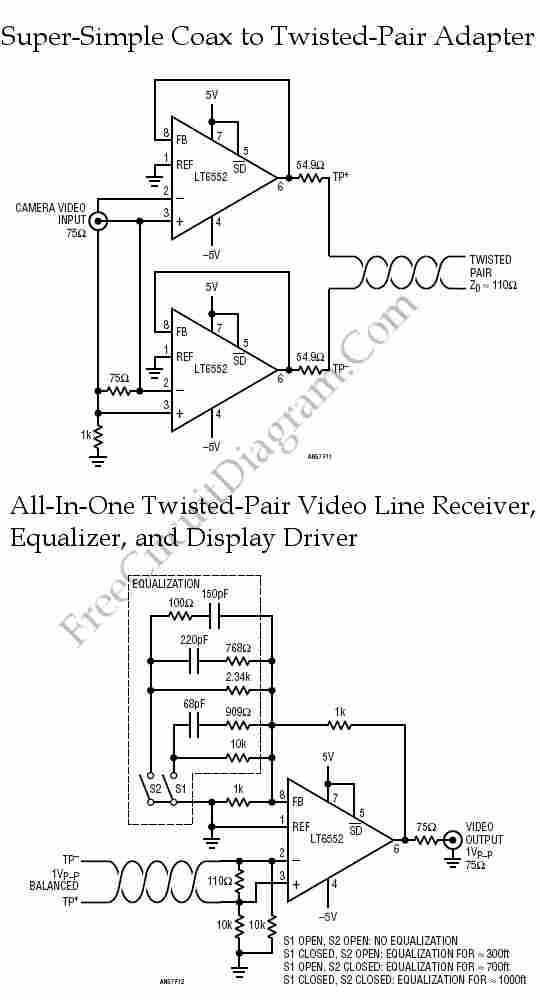
Twisted-pair wiring is a wiring technique commonly utilized for in-building data communication. Compared to conventional coaxial cable, this technique offers various advantages.
Twisted-pair wiring consists of pairs of insulated copper wires that are twisted together to form a single cable. This design helps to reduce electromagnetic interference (EMI) and crosstalk between adjacent pairs, enhancing the overall performance of data transmission. The twisting of the wires ensures that any interference affects each wire equally, allowing the differential signal to be maintained effectively.
Twisted-pair cables are categorized into two main types: unshielded twisted pair (UTP) and shielded twisted pair (STP). UTP is the most common type used in networking applications due to its cost-effectiveness and sufficient performance for most data transmission requirements. STP, on the other hand, includes additional shielding to further protect against external interference, making it suitable for environments with high levels of EMI.
The wiring technique is widely used in various applications, including local area networks (LANs), telephone systems, and other data communication systems. Categories of twisted-pair cables, such as Cat 5e, Cat 6, and Cat 6a, define the performance specifications, including bandwidth and data rate capabilities, with each successive category providing improved performance.
In summary, twisted-pair wiring is a fundamental technology in modern data communication, offering a reliable and efficient means of transmitting data over short to moderate distances within buildings. Its design and categorization allow for flexibility in application and performance, making it a preferred choice in many networking scenarios.Twisted-pair wiring is a wiring technique that usually used for in-building data communication. Compared to conventional coaxial-cable, this technique offers. 🔗 External reference
Twisted-pair wiring consists of pairs of insulated copper wires that are twisted together to form a single cable. This design helps to reduce electromagnetic interference (EMI) and crosstalk between adjacent pairs, enhancing the overall performance of data transmission. The twisting of the wires ensures that any interference affects each wire equally, allowing the differential signal to be maintained effectively.
Twisted-pair cables are categorized into two main types: unshielded twisted pair (UTP) and shielded twisted pair (STP). UTP is the most common type used in networking applications due to its cost-effectiveness and sufficient performance for most data transmission requirements. STP, on the other hand, includes additional shielding to further protect against external interference, making it suitable for environments with high levels of EMI.
The wiring technique is widely used in various applications, including local area networks (LANs), telephone systems, and other data communication systems. Categories of twisted-pair cables, such as Cat 5e, Cat 6, and Cat 6a, define the performance specifications, including bandwidth and data rate capabilities, with each successive category providing improved performance.
In summary, twisted-pair wiring is a fundamental technology in modern data communication, offering a reliable and efficient means of transmitting data over short to moderate distances within buildings. Its design and categorization allow for flexibility in application and performance, making it a preferred choice in many networking scenarios.Twisted-pair wiring is a wiring technique that usually used for in-building data communication. Compared to conventional coaxial-cable, this technique offers. 🔗 External reference
Warning: include(partials/cookie-banner.php): Failed to open stream: Permission denied in /var/www/html/nextgr/view-circuit.php on line 713
Warning: include(): Failed opening 'partials/cookie-banner.php' for inclusion (include_path='.:/usr/share/php') in /var/www/html/nextgr/view-circuit.php on line 713
